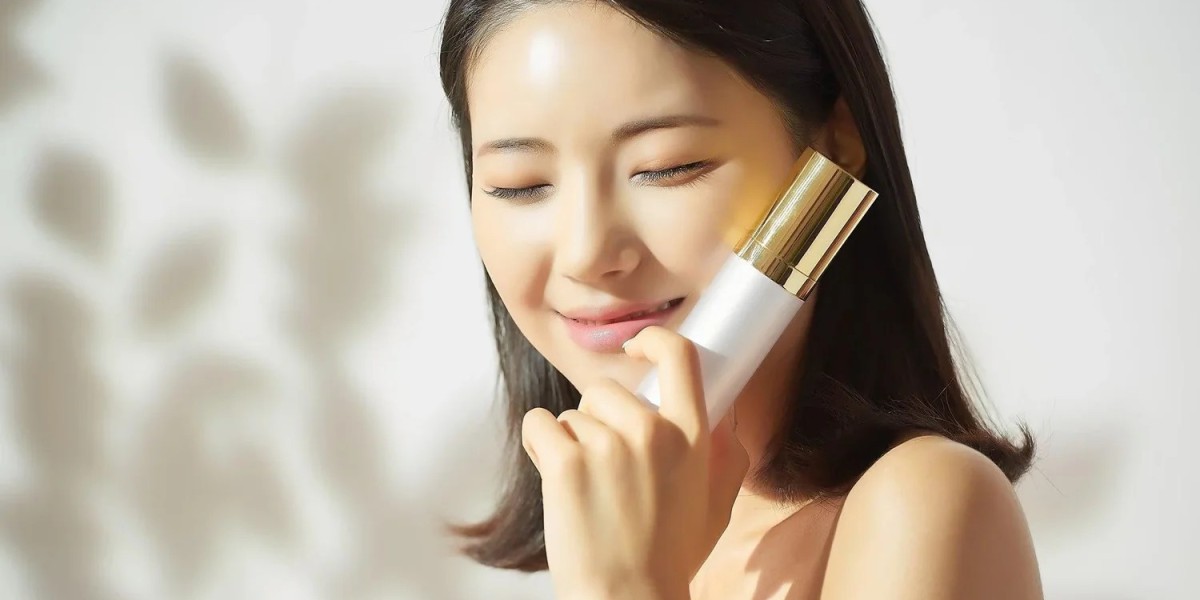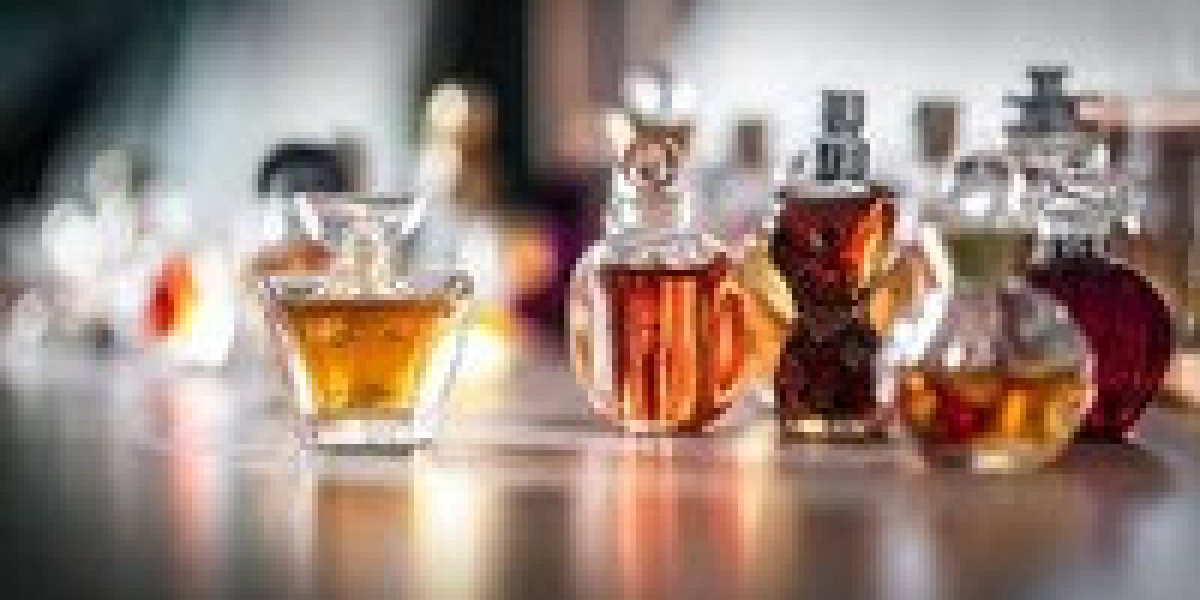Asian skincare has become a global obsession, and two countries stand out as trendsetters in the beauty world—Japan and South Korea. Both offer skincare routines known for delivering radiant, healthy skin. But what are the differences between these beauty philosophies? In this post, we’ll dive deep into the Japanese vs Korean skincare routines, compare their products, steps, and approaches, and help you decide which one is right for you.

Whether you're searching for the best Japanese beauty products, exploring Japanese skin care brands, or wondering if the Korean skin care routine is more suited to your needs, this guide covers it all.
Understanding the Core Philosophy
Japanese Skincare: Simplicity, Tradition, and Prevention
Japanese skincare emphasizes simplicity and long-term skin health. The approach is preventative, aiming to maintain youthful, healthy skin by protecting the skin barrier and using gentle, time-tested ingredients. Rooted in traditional rituals, the Japanese skin care routine is minimal but highly effective.
Japanese beauty is about subtlety and natural radiance. The idea is to support the skin’s own renewal process using natural ingredients like rice water, green tea, and camellia oil—all staples in the best Japanese skin care products.
Korean Skincare: Innovation, Customization, and Transformation
On the other hand, Korean skincare is known for its science-driven innovation and layering technique. The Korean skin care routine focuses on hydration, brightening, and fast results. It often involves more steps and products, allowing users to customize their routine based on daily skin conditions.
K-beauty has introduced game-changing concepts like BB creams, cushion compacts, and snail mucin serums, and the culture emphasizes glowing, "glass skin"—a dewy, poreless look that reflects ultimate hydration.
Routine Steps: Minimal vs Multistep
Japanese Skin Care Routine
The typical Japanese skincare routine includes around 5–6 steps:
Oil Cleanser – Removes makeup and impurities.
Foaming Cleanser – Deeply cleans without drying out the skin.
Lotion (Softener) – A hydrating pre-moisturizing step.
Essence or Serum – Targets specific concerns like aging or pigmentation.
Moisturizer – Locks in hydration and repairs the skin barrier.
Sunscreen – Used during the day to prevent UV damage.
Japanese women have long followed this routine consistently, and it aligns with their belief in skin preservation rather than correction.
Korean Skin Care Routine
The Korean skin care routine can include up to 10 or more steps, emphasizing hydration and layering:
Oil-Based Cleanser
Water-Based Cleanser
Exfoliator (2–3 times a week)
Toner
Essence
Serum or Ampoule
Sheet Mask
Eye Cream
Moisturizer
Sunscreen (AM only)
This multistep regimen allows users to address individual skin issues like acne, dullness, or fine lines through targeted products.
Ingredients: Natural Purity vs Scientific Innovation
Japanese skin care products are known for using gentle, natural ingredients:
Rice Bran – Brightens and softens the skin.
Green Tea – Offers antioxidant and anti-inflammatory benefits.
Camellia Oil – Hydrates and protects.
Fermented Extracts – Found in luxury brands like SK-II for anti-aging.
These ingredients make Japanese skincare especially suitable for sensitive and dry skin types.
Korean skincare is more focused on innovative, science-backed components:
Snail Mucin – Repairs skin and reduces acne scars.
Centella Asiatica (Cica) – Calms inflammation.
Niacinamide – Brightens and minimizes pores.
Propolis and Bee Venom – Fight acne and signs of aging.
If you enjoy exploring new formulas and fast results, K-beauty’s cutting-edge ingredients might be your go-to.
Product Packaging and Aesthetic
Korean beauty products are known for their fun, colorful, and sometimes quirky packaging. This appeals especially to younger demographics and skincare beginners.
On the flip side, Japanese beauty products often feature sleek, minimalist, and luxurious packaging. It reflects the country’s broader aesthetic of elegance and subtlety, which is prevalent across Japanese skin care brands like Shiseido, SK-II, Hada Labo, and DHC.
Popular Products and Accessibility
Best Japanese Beauty Products to Try
If you're looking to dive into Japanese skincare, start with these highly-rated products:
Hada Labo Gokujyun Lotion – An intensely hydrating toner for all skin types.
SK-II Facial Treatment Essence – A cult-favorite packed with Pitera™ for luminous skin.
Shiseido Ultimune Power Infusing Serum – Enhances skin immunity and firmness.
DHC Deep Cleansing Oil – A gentle yet powerful oil cleanser.
Senka Perfect Whip – A foaming cleanser loved across Japan.
These Japanese skin products are increasingly available globally, and you can now find many Japanese skin care products in India via platforms like Nykaa, Amazon, and others.
Top Korean Skincare Picks
COSRX Advanced Snail 96 Mucin Essence – Boosts hydration and skin repair.
Innisfree Green Tea Seed Serum – Rich in antioxidants and lightweight hydration.
Etude House SoonJung pH 5.5 Relief Toner – Great for sensitive skin.
Laneige Water Sleeping Mask – An overnight hydrator.
Missha Time Revolution First Treatment Essence – Brightens and refines texture.
Korean skincare tends to be more accessible and offers a wider range of budget-friendly options.
Which Is Better: Japanese or Korean Skin Care Routine?
1. For Simplicity: Japanese Wins
If you're short on time or prefer a simple, effective routine with fewer steps, the Japanese skin care routine may be ideal. It’s perfect for those who value long-term results, preventive care, and calming products.
2. For Targeted Treatment: Korean Wins
For those who like experimenting with skincare or want to treat specific issues like acne, dark spots, or signs of aging, the Korean skin care routine offers a customizable, solution-focused approach.
3. By Skin Type
Dry/Sensitive Skin: Benefit more from the soothing and nourishing elements in Japanese skincare.
Oily/Acne-Prone Skin: Will likely see faster results from Korean skincare’s lightweight, active-rich formulas.
4. Availability and Cost
Japanese skin care products in India are now available online but may be slightly more premium.
K-beauty has a stronger retail presence and includes more affordable choices.

Can You Combine Both? Absolutely!
You don’t have to choose just one. In fact, many skincare enthusiasts build a hybrid routine using the best of both worlds.
A simple sample routine:
Japanese Cleanser (Senka Perfect Whip)
Korean Toner (Etude House SoonJung)
Korean Essence (Missha Time Revolution)
Japanese Serum (Shiseido Ultimune)
Korean Moisturizer (Laneige Water Bank Cream)
Japanese Sunscreen (Biore UV Aqua Rich)
Combining products can help you achieve balanced results—hydration from K-beauty, and structure and protection from J-beauty.
Conclusion
So, in the end, when it comes to Japanese vs Korean skincare, there’s no one-size-fits-all answer. Both beauty routines offer tremendous benefits. The Japanese skin care routine stands out for its timeless, simple, and nourishing approach, while the Korean skin care routine is dynamic, high-tech, and results-driven.
If you're into tradition, minimalism, and preventive care, explore the best Japanese cosmetic and start building a J-beauty routine. If you love hydration, customization, and active ingredients, K-beauty might be your match.
No matter which direction you choose—or if you decide to combine both—the real secret to success is consistency, quality products, and listening to your skin.








